Fishing restrictions imposed over 30 years aided the recovery of important species
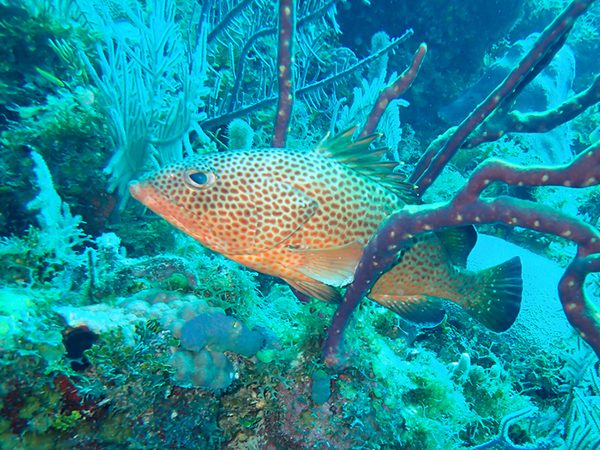
A more than 30-year marine conservation effort in the U.S. Virgin Islands has helped aid the recovery of a fish species important in commercial, recreational and subsistence fisheries, a new Oregon State University study has found.
Red hind, a species of grouper in the Caribbean, has historically experienced intense fishing pressure, which led managers to implement progressively restrictive fishing closures in the U.S. Virgin Islands.
In this study, which was published in Frontiers in Marine Science, researchers at Oregon State and the University of the Virgin Islands found that the fishing restrictions at the location they studied helped lead to a more than 35 percent increase in average fish size and the recovery of the population to a benchmark considered sustainable for many fish species.
“This is a management and conservation success,” said Claire Rosemond, an Oregon State doctoral student and lead author of the study. “The recovery of the red hind population at the spawning aggregation tracks management decisions, so it appears that fishing restrictions are helping to accomplish the intended goal of recovering the red hind population and fishery.”
Globally, more than 200 species of marine fishes, including red hind, reproduce by forming spawning aggregations at specific times and locations. The predictability of these mass spawning events makes the aggregations susceptible to intense fishing pressure.
Locations of many fish spawning aggregations in the Caribbean have been known and fished for decades. This has led to a population collapse of several important species, including red hind, which are a significant source of income and food for local people.
By the late 1980s, the red hind population at a spawning site near St. Thomas, U.S. Virgin Islands showed signs of decline with a decrease in average fish length and an extremely skewed ratio of females to males because fishing disproportionately removed the larger males.
This led fisheries managers in 1990 to establish the Red Hind Bank Marine Conservation District to protect the fish spawning site by seasonally closing the area to fishing during the months of peak spawning activity (December through February). In 1999, the district was permanently closed to fishing.
The study focused on that spawning site, with the scientists using historical data collected by other researchers between 1988 and 2009, as well as gathering their own data during several trips to the U.S. Virgin Islands between 2018 and 2020.
During those trips, the researchers caught, measured, and released 1,203 fish. The mean size was almost 16 inches – more than four inches longer than the mean size reported from data from 1988-89. Meanwhile, the female to male ratio at the spawning aggregation became less skewed over time.
By a measure known as spawning potential ratio, the red hind are now at a benchmark considered sustainable for many fisheries, the researchers said. However, that does not mean that continued recovery is guaranteed.
“The take-home message is this management measure worked, but it also means this management measure is currently working, so at this point in time let’s keep it the way it is,” said Scott Heppell, a co-author of the paper and a professor in the Department of Fisheries, Wildlife and Conservation Sciences at Oregon State in Oregon State’s College of Agricultural Sciences.
The recovery of the red hind population at the spawning aggregation site is due in part to management decisions, fishers adhering to closures and long-term monitoring.
“The Marine Conservation District is a conservation success due to the participation of people from many different sectors,” Rosemond said. “I think management agencies and fishers would be excited to know that their work and potential sacrifices, like not fishing in closed areas, have paid off.”
The study was funded by the National Oceanic and Atmospheric Administration (NOAA), the Puerto Rico Sea Grant College Program, and the Department of Fisheries, Wildlife, and Conservation Sciences.
Follow the Advocate on Twitter @GSA_Advocate
Now that you've reached the end of the article ...
… please consider supporting GSA’s mission to advance responsible seafood practices through education, advocacy and third-party assurances. The Advocate aims to document the evolution of responsible seafood practices and share the expansive knowledge of our vast network of contributors.
By becoming a Global Seafood Alliance member, you’re ensuring that all of the pre-competitive work we do through member benefits, resources and events can continue. Individual membership costs just $50 a year.
Not a GSA member? Join us.
Author
Related Posts
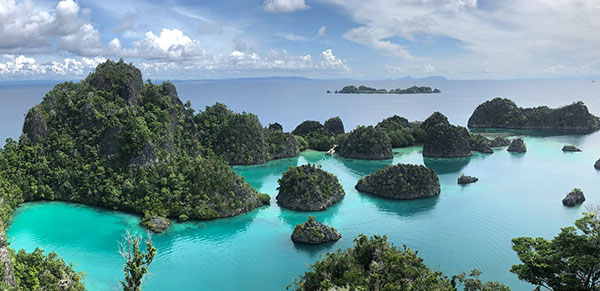
Fisheries
Researchers develop model to predict success of Marine Protected Areas
Researchers aim to predict the success of Marine Protected Areas based on historical fishing pressure and environmental conditions.
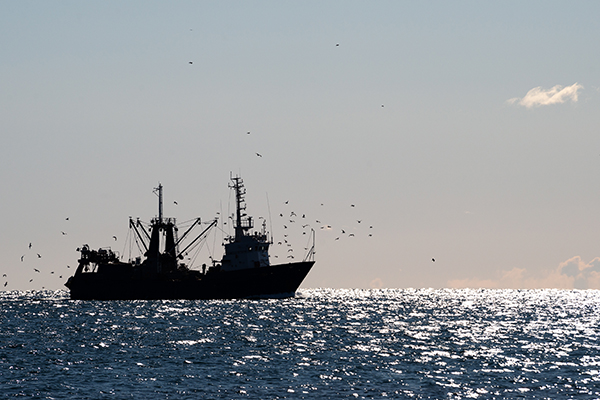
Responsibility
Study pinpoints Pacific Ocean priority areas to consider for marine conservation
New research has pinpointed four high-traffic areas in the Pacific Ocean that should be considered "high priority" for marine conservation.
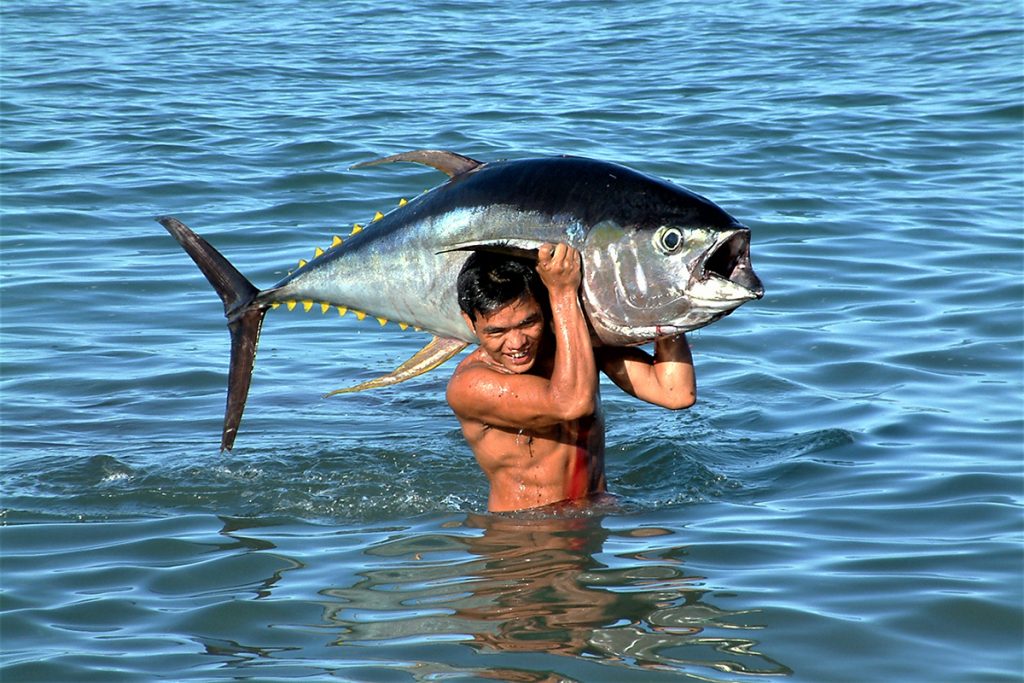
Responsibility
Protection and conservation of seafood security, marine biodiversity and threatened species
Study argues for the protection of 30 percent of the world’s oceans by 2030 to conserve biodiversity, avoid extinctions and maintain food security.
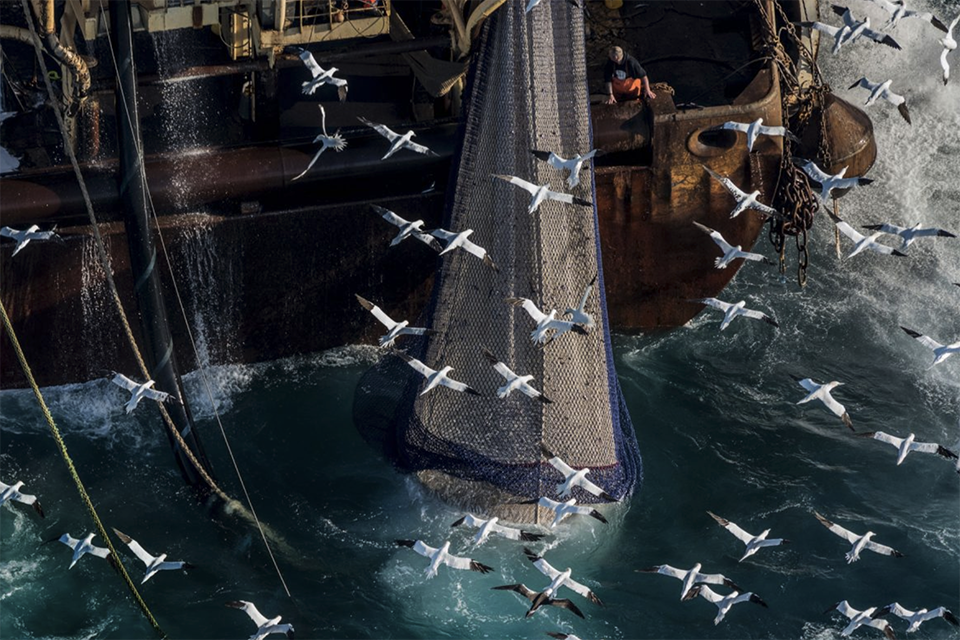
Fisheries
Newly established Global Fishing Index says nearly half of global fish stocks overfished – but is it right?
The decline in fish populations is "far worse" than previously estimated, according to the Global Fishing Index, a new assessment of fish stocks. One noted expert, however, disagrees.



